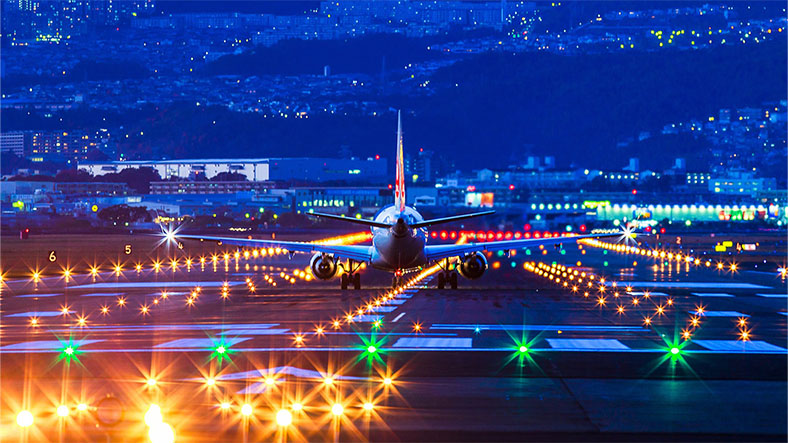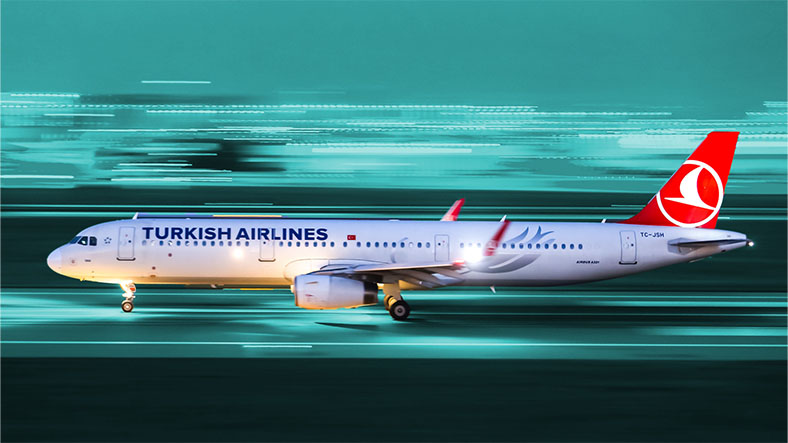Airplanes soaring in the sky, traveling beyond borders. But let’s think about it: Is there a speed limit in the endless, traffic-free and vehicle-free sky, just like on the highway?
Although the sky is a space that excites people with its endless expanse, unfortunately certain speed limits even while flying Must be obeyed!
“But how can there be a limit in the sky?” The question came to your mind, we know. But the situation is not that simple, there are rules in this as in everything else.
Airplanes cannot adjust speed according to their wishes.
America’s Federal Aviation Administration, sets specific speed limits for various types of airspace to ensure the safety of all types of aircraft. These limits vary depending on factors such as flight altitude and airport proximity.
At an altitude of 3,048 m below sea level, the speed of all aircraft is 463 km per hour It is limited to . But above 3,048 m, speed limits can go up to Mach 1. This means flying below the speed of sound at 1,235 km/h, meaning you are not allowed to break the sound barrier.
In Class B, C and D airspace close to airports, speed limits are even lower.
In these regions Planes are allowed to travel at a speed of 370 km per hour. Thus, heavy air traffic and security concerns during landings and takeoffs are minimized.
Flights below 3,048 m MSL (sea level), usually For small aircraft like Cessna and Piper. Such aircraft do not rise above 3,048 m MSL.
The standard speed limit is determined as 128 m/s.
Commercial or turboprop aircraft The situation is slightly different for . These aircraft generally fly at higher altitudes. This means they control their speed more carefully. It is very important to stabilize the speed of the aircraft, especially when they reach an altitude of 3,048 m or higher.
Flights above 3,048 m are known as the sound limit. It is an issue that requires attention due to the potential to reach Mach One speeds. When flying above this altitude, the speed of all aircraft must not exceed Mach One, which is approximately 1,234,367 km per hour.
The borders in the airspaces are also different.

Class B airspace, usually Surrounds major airports. If you are below 3,048 m MSL the speed limit should be 128 m/s. However, if you are flying above this altitude, the speed limit is set to Mach One, which is the sound limit.
In the area below this airspace No one can fly faster than 102.8 m/s. This rule is enforced due to heavy traffic entering and exiting airports.
In class C and D airspaces, the speed limit is 102.8 m/s.

This speed limit is within four nautical miles of the airport surrounded by the airspace and 76.20cm Applies to all aircraft flying below MSL.
However, there are certain exceptions. For example the minimum safe operating speed of an aircraftIf , is higher than the maximum speed limit, the aircraft must maintain the minimum safe operating speed. Additionally, when flying in bad weather conditions or in alignment with another aircraft, speed limits may be flexible.
So what happens if the speed limit is exceeded?
a plane, to maintain safe flight speed or avoid bad weather conditions If forced to accelerate, Air Traffic Control may allow the aircraft to exceed the speed limit. But an aircraft exceeding the speed limit and slowing down can happen when Air Traffic Control orders it to do so.
If the limit is exceeded without instructions, the pilot may receive a warning, his/her certificate may be suspended and even criminal action may be taken. Unfortunately, violating aviation laws does not seem as simple as getting a traffic ticket. Because of this Knowing speed limits and acting consciously very important.
Our other content related to airplanes:
RELATED NEWS
If a crashed passenger plane had an ‘ejection seat’ like in fighter planes, couldn’t we save everyone? Why can’t we do this?
RELATED NEWS
Why Are Fuel Tanks in the Wings of Airplanes? When You Learned the Reason, “It Was Very Logical.” You will say!
RELATED NEWS
Exactly How Much Profit Does Airplane Seat Classification Make for Airlines?
RELATED NEWS
